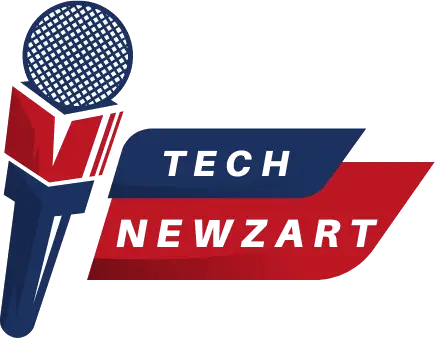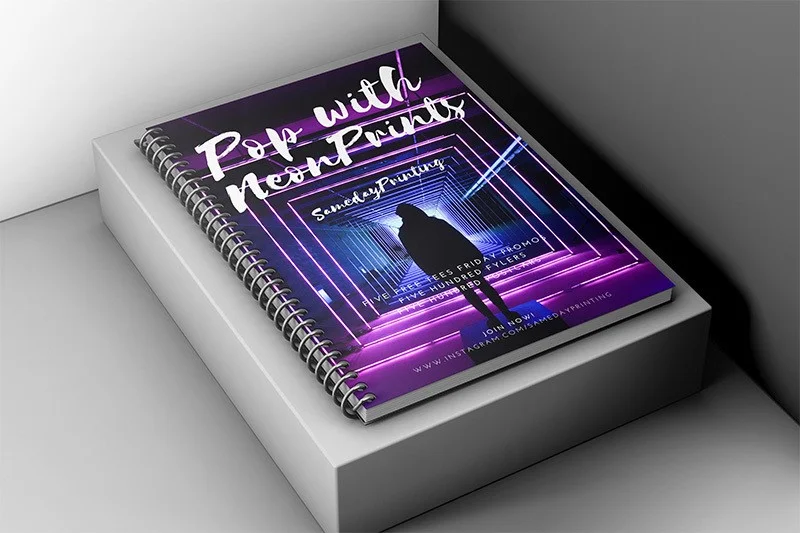Table of Contents
- Why Choose Spiral Bound Booklets?
- Designing Your Booklet
- Content Creation Tips
- The Influence of Color and Typography
- Choosing the Right Paper
- The Printing and Binding Process
- Case Studies of Successful Booklets
- Commonly Asked Questions
Why Choose Spiral Bound Booklets?
Spiral-bound booklets offer versatility and durability, making them ideal for various uses such as corporate reports, educational materials, and marketing brochures. One significant advantage of spiral bound book printing is that these booklets lie flat when open, providing ease of use that stapled or saddle-stitched booklets cannot match. This makes them perfect for reference materials, manuals, and any booklet that needs to stay open on a particular page without the risk of flipping shut.
Moreover, their professional appearance makes them suitable for client presentations, training materials, and portfolios. The flexibility in page count and the ability to easily add or remove pages make spiral-bound booklets popular among various industries. They can accommodate a wide range of content, from detailed reports and educational materials to colorful product catalogs and engaging marketing brochures while maintaining a polished and professional look.
Designing Your Booklet
Effective booklet design begins with a clear understanding of your audience and objectives. Start with a well-thought-out layout that captures attention and promotes readability. Incorporate engaging visuals, infographics, and strategically placed headings to create an appealing and informative layout. Utilizing design software can significantly streamline this process and help you create professional-quality booklets. Programs offer powerful tools to manage complex layouts and fine-tune details to ensure your booklet is visually appealing and cohesive. Consider the flow of information and ensure that each section transitions smoothly to the next. Attention to margins, spacing, and alignment creates a clean and organized look. Your design should enhance the content, simplifying the process of accessing and understanding the information. Remember that a cluttered or poorly organized layout can distract from the content, so simplicity and clarity should be vital guiding principles in your design process.
Content Creation Tips
Creating valuable content is vital to maintaining reader interest. Divide intricate data into easily understandable parts and utilize bullet points or numbered lists for clear communication. Make sure your content caters to the needs and interests of your target audience with practical insights, actionable tips, and relevant examples. For instance, if you’re creating a corporate report, include case studies, data visualizations, and performance metrics that offer tangible value to your readers. Incorporate storytelling elements to illustrate points and make the content more relatable. Including real-life examples and case studies can also enhance the credibility and relatability of your booklet. Personal anecdotes or testimonials can offer a human touch and make your content resonate more deeply with readers.
The Influence of Color and Typography
The colors and fonts used in your booklet greatly influence its perception. Select a combination of colors and fonts that accurately represent your brand. Well-chosen colors can enhance readability and engagement. Bright and intense colors can attract focus to essential parts or prompt action, while softer shades can add an air of professionalism and solemnity to your material. The selection of typography is essential to ensure readability and convey the desired tone. Sans-serif fonts are often easier to read on screens and in print, making them popular for body text, while decorative fonts can be used sparingly for headings and special sections.
Choosing the Right Paper
Your paper type can affect your booklet’s look and feel. Heavier paper stocks add a professional touch and ensure durability, while lighter stocks can be more cost-effective. Consider the purpose and intended use of your booklet when making your selection. For instance, if your booklet is a high-end product catalog, a glossy finish on a heavier stock can enhance the vibrancy of images and give a premium feel. Shiny paper can intensify the brightness of colors and images, making it a good choice for marketing materials and portfolios.
On the other hand, matte paper provides a more subdued and professional look, ideal for reports and presentations. Understanding the properties of different paper types will help you make an informed decision. Factors such as print quality, durability, and the tactile experience can all influence how your booklet is received by its audience.
The Printing and Binding Process
Knowing the printing and binding process can assist you in making well-informed choices. Different printing technologies, like digital and offset, offer varying benefits. Digital printing is cost-effective for small runs and provides quick turnaround times. Offset printing, while more expensive, offers superior quality and consistency for larger print runs. Understanding the advantages and disadvantages of every printing technique can assist you in selecting the most suitable alternative for your project.
Spiral binding remains one of the most popular choices for binding due to its ease of use and professional appearance. It lets the booklet stay flat when opened and simplifies flipping through pages. This binding method is ideal for various applications, from training manuals to product catalogs. The durability and flexibility of spiral binding ensure that your booklets can withstand frequent use while maintaining their integrity.
Commonly Asked Questions
Tackling common questions can improve user satisfaction and clarity. One frequently asked question concerns the best practices for spiral-bound booklet design. It’s recommended that the design be clean and focused, using high-quality images and clear, concise text. Avoid clutter and ensure that your layout naturally guides the reader’s eye through the content. Another common question is about the choice of paper. For a professional and durable finish, opt for heavier paper stocks. For projects with a tight budget, lighter stocks can be a cost-effective alternative. Engaging in forums or seeking professional advice can also benefit those looking to craft their booklets. By addressing these common concerns, you can help others navigate the process of creating effective and professional spiral-bound booklets.

